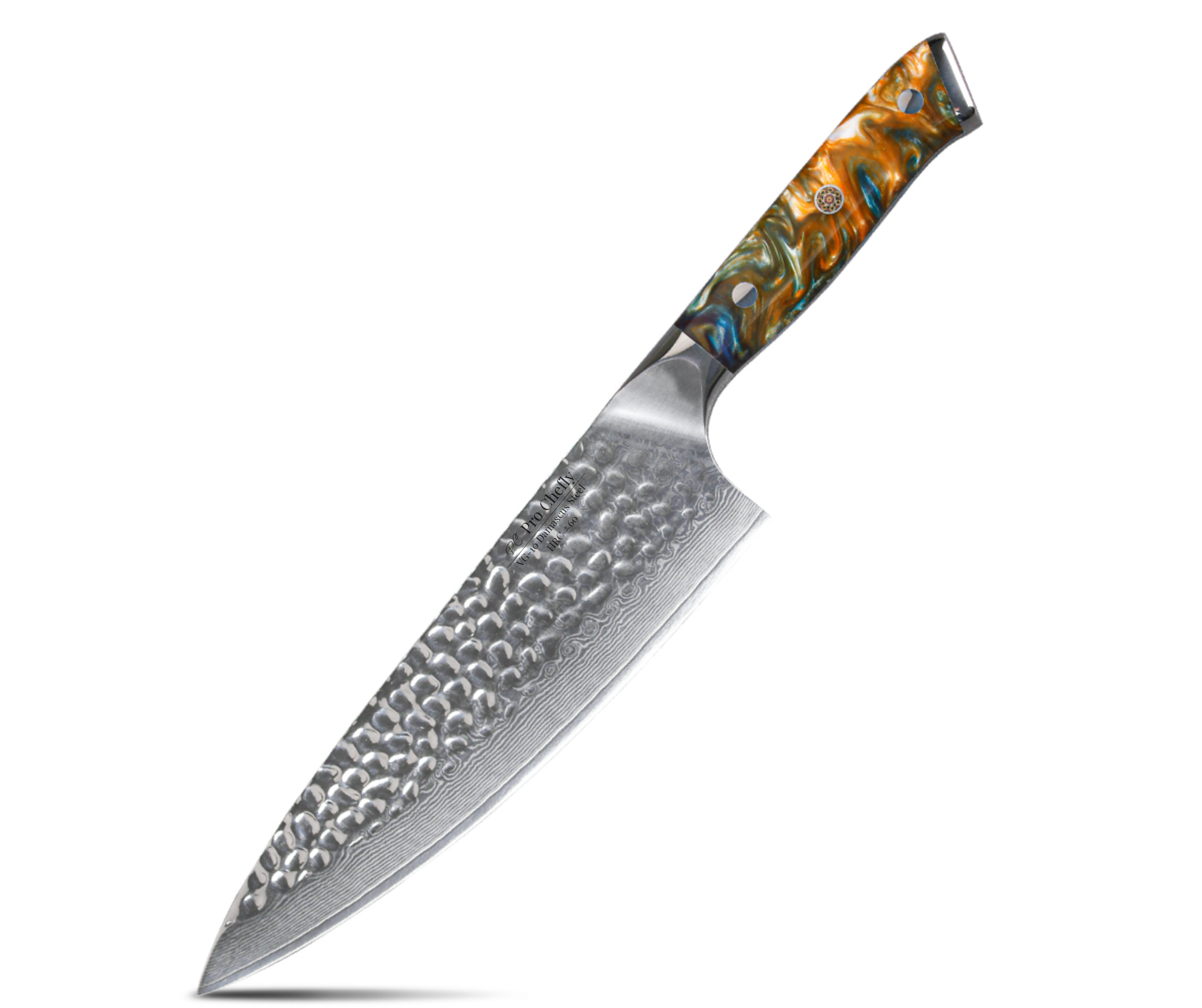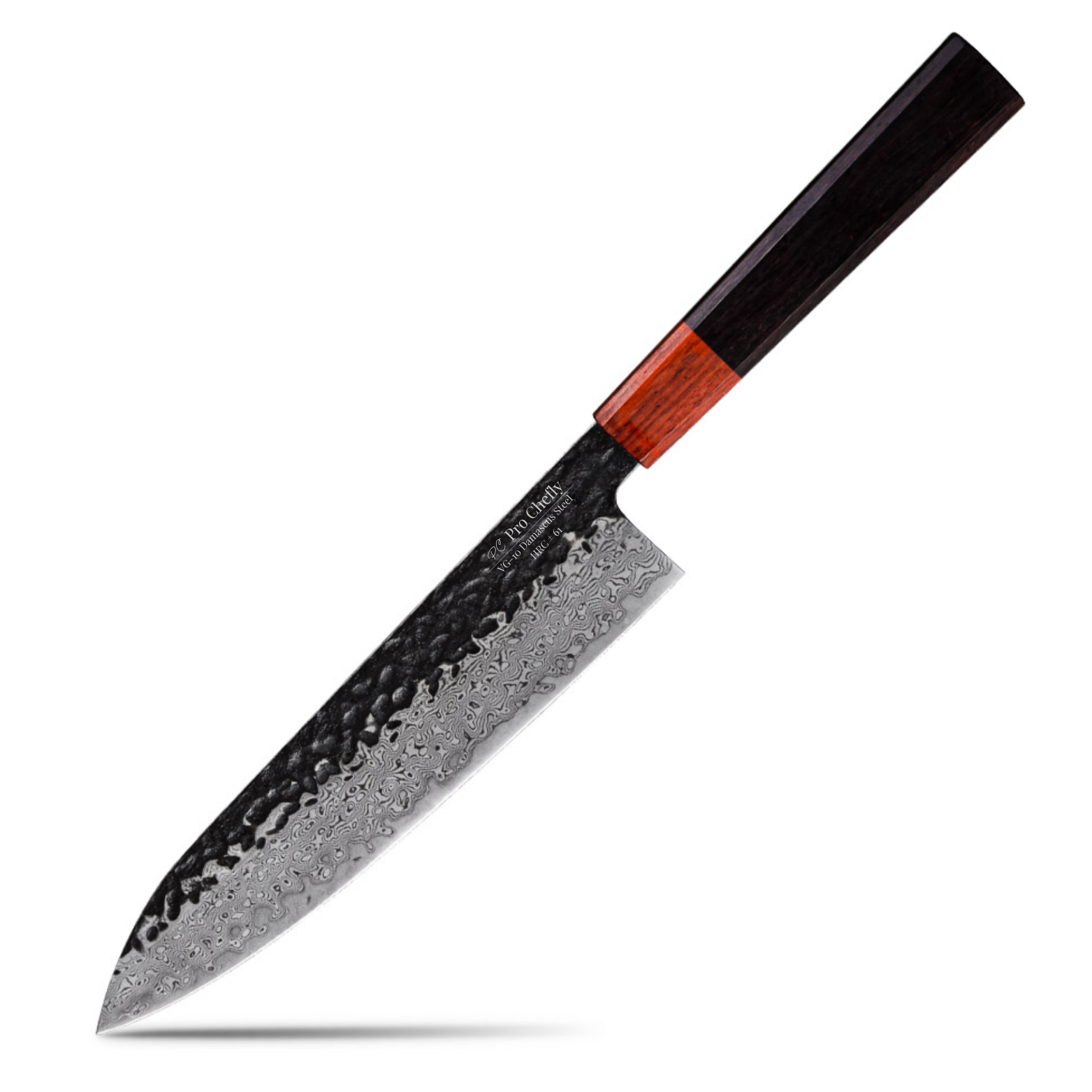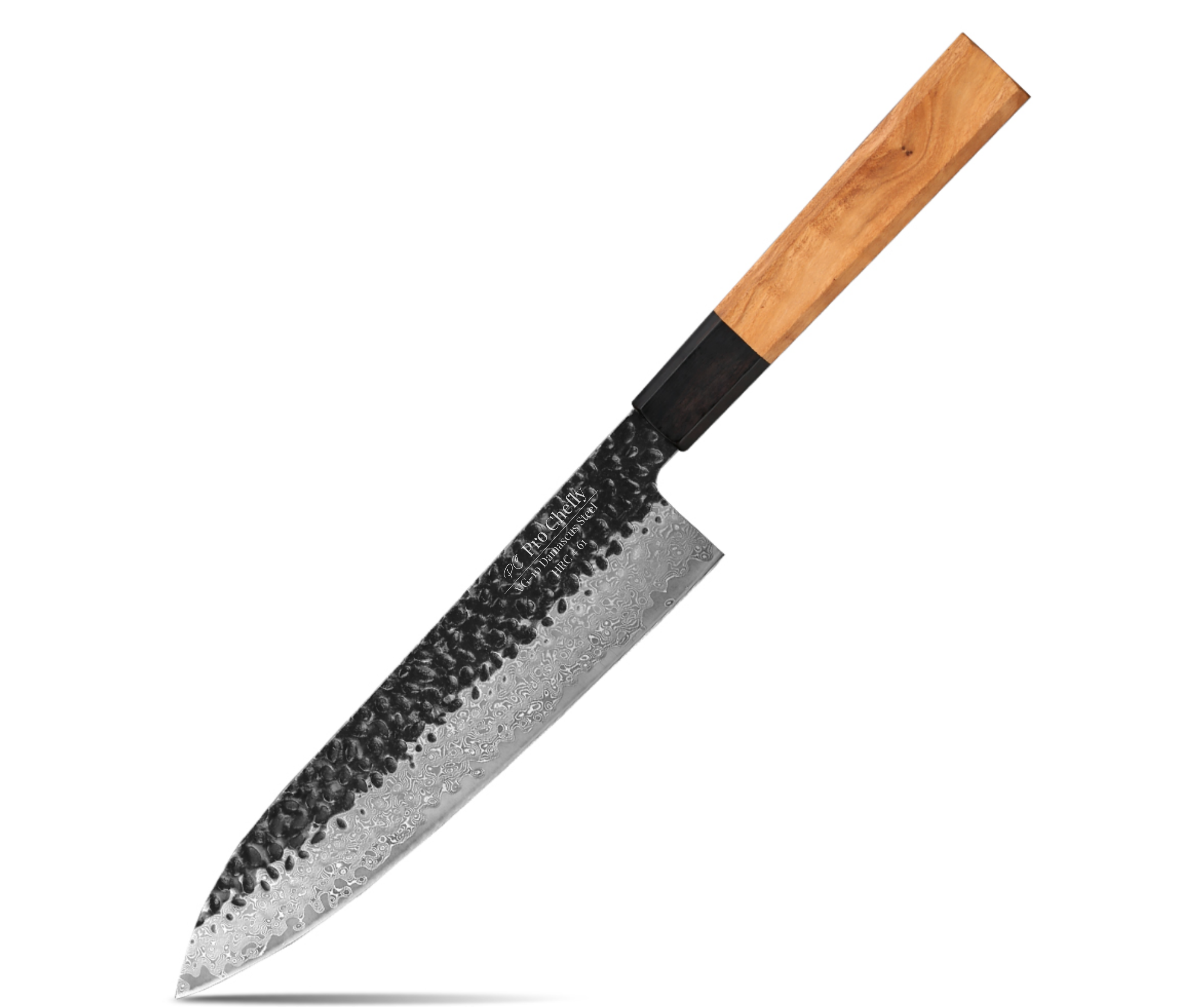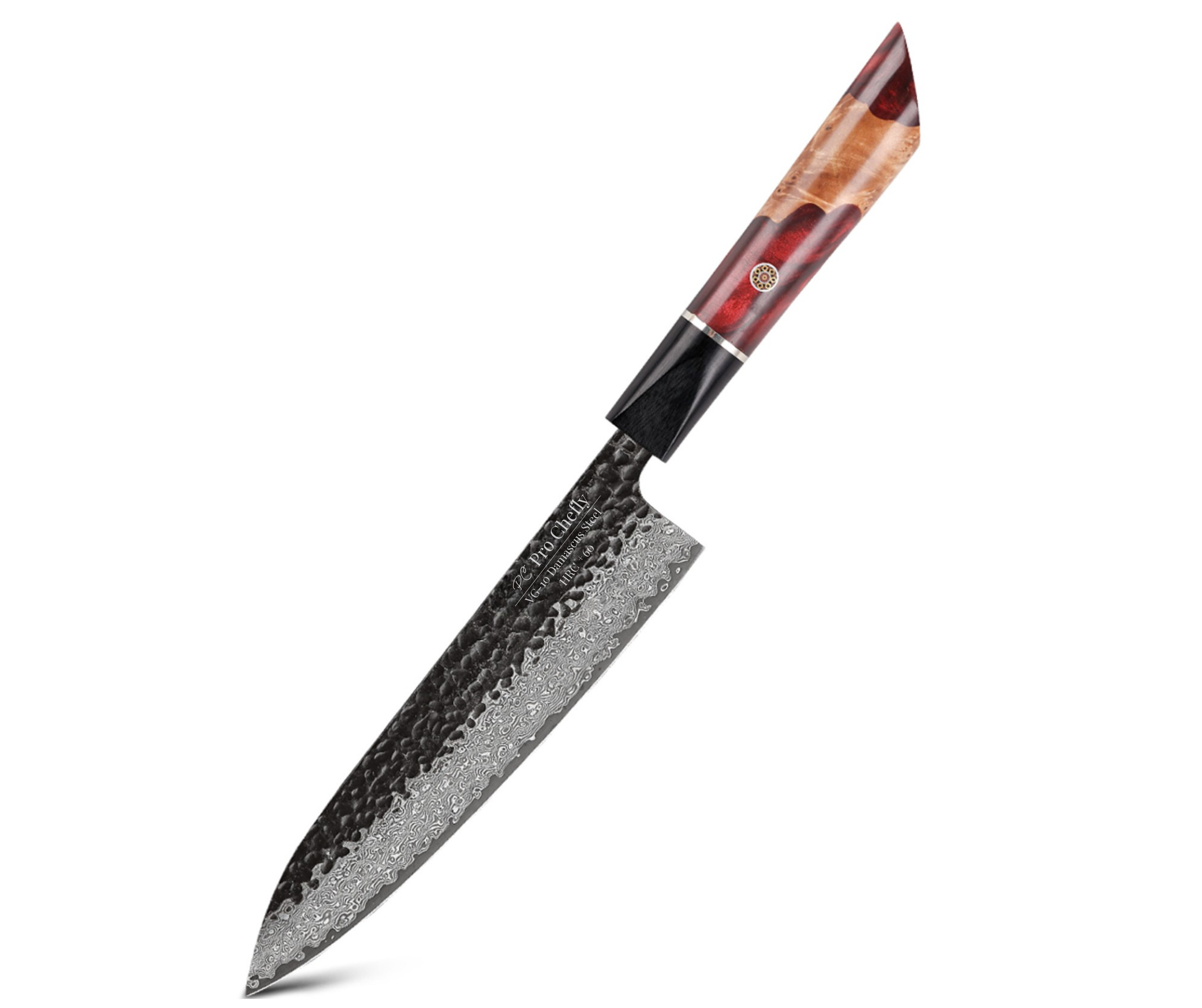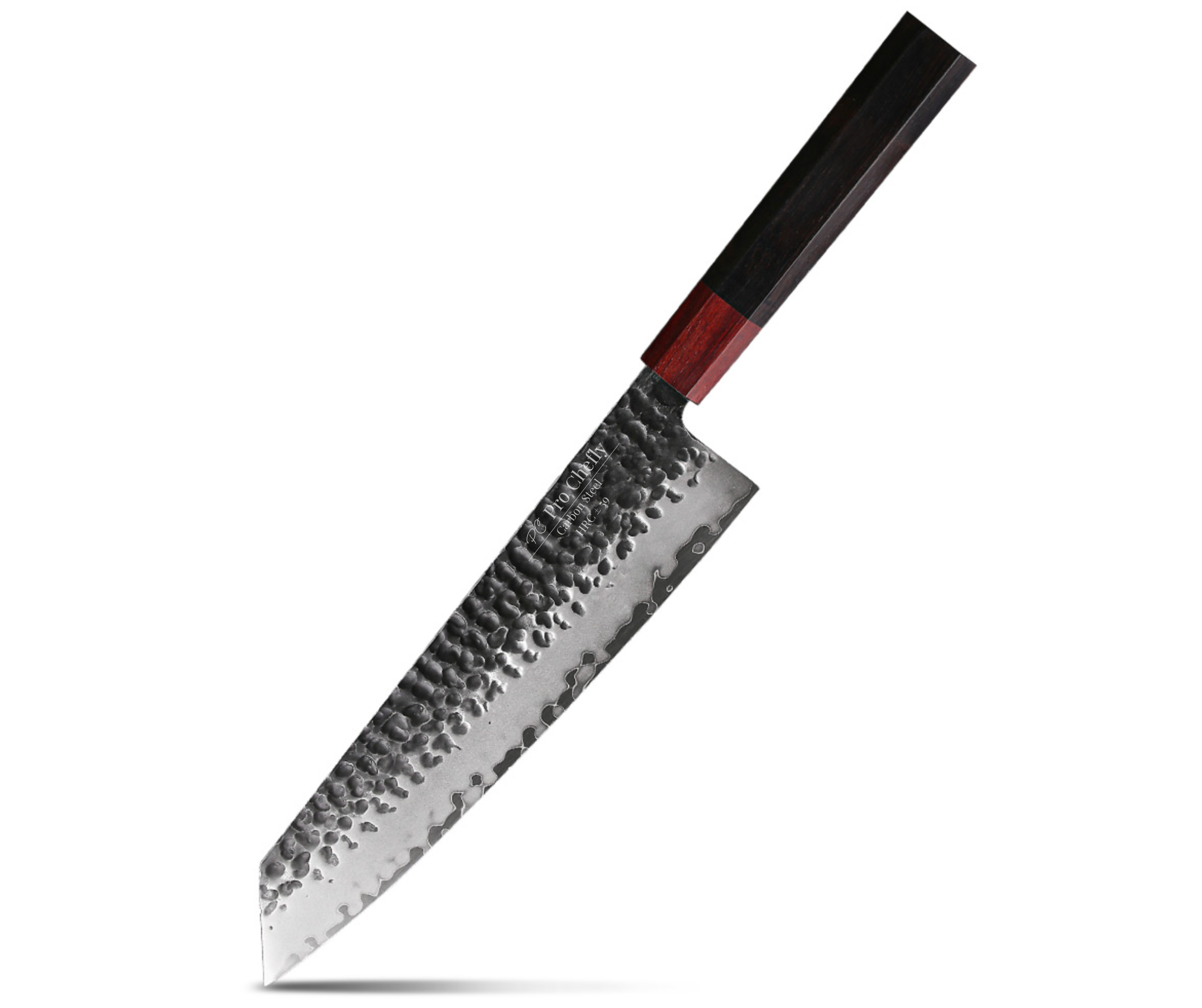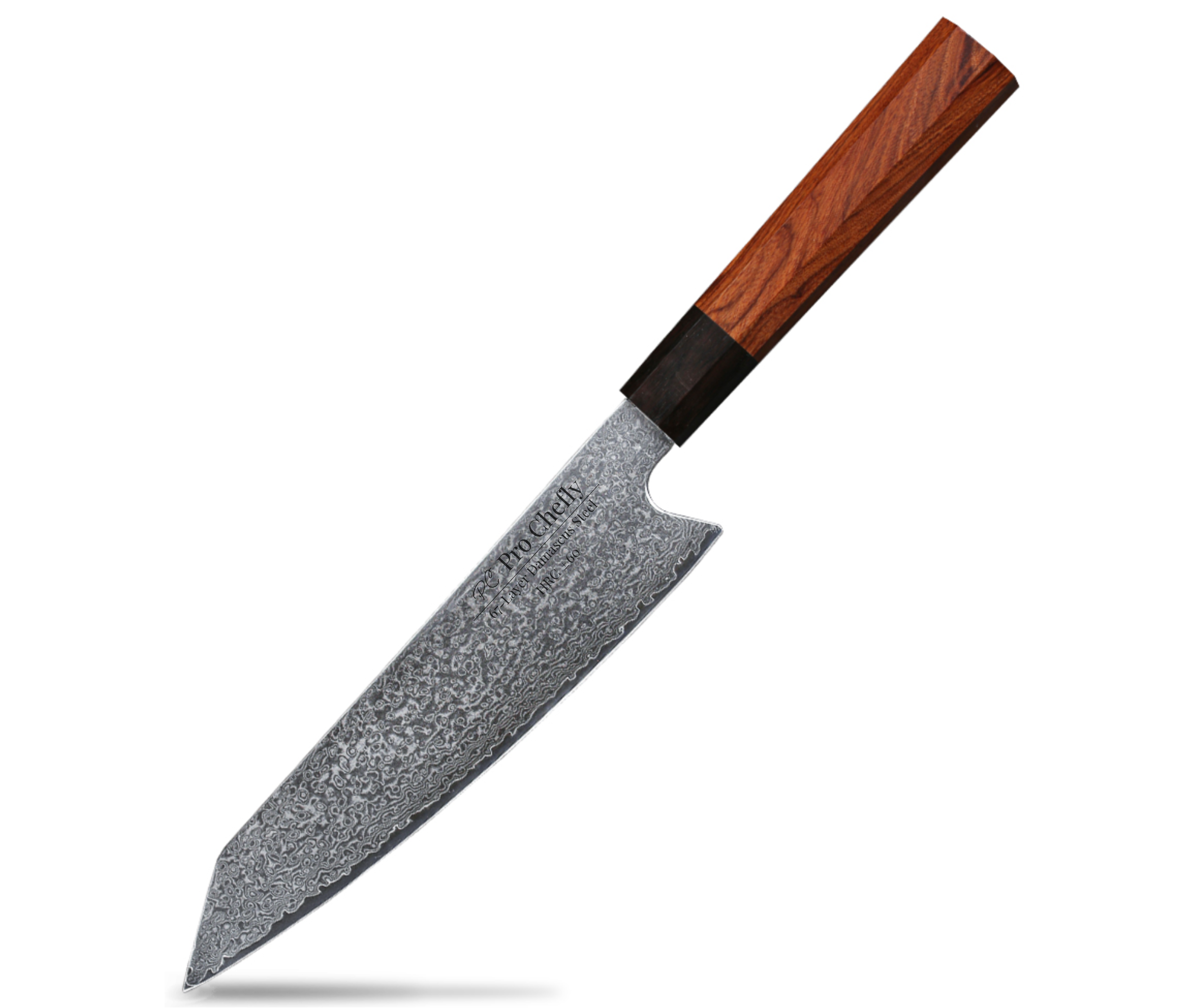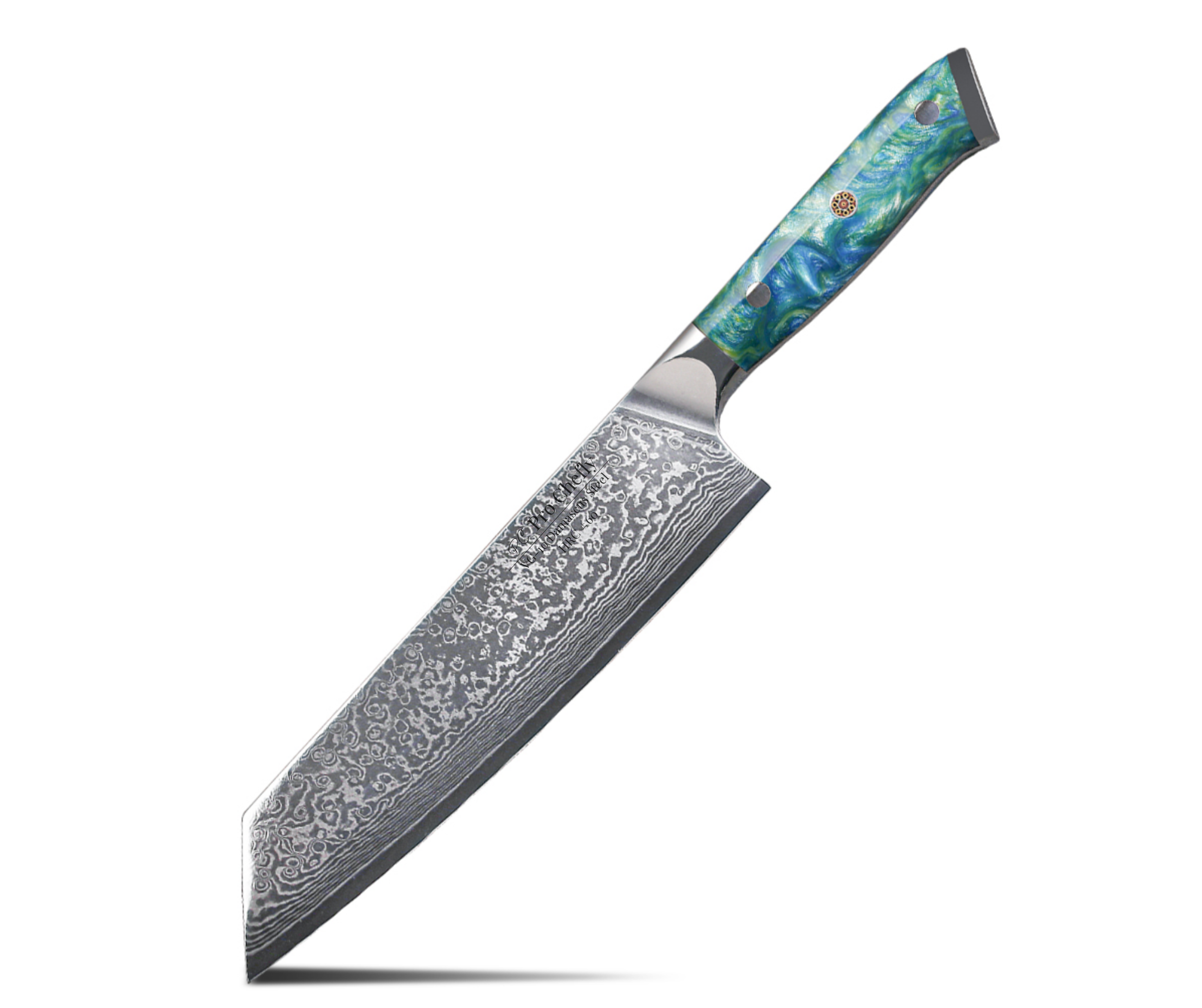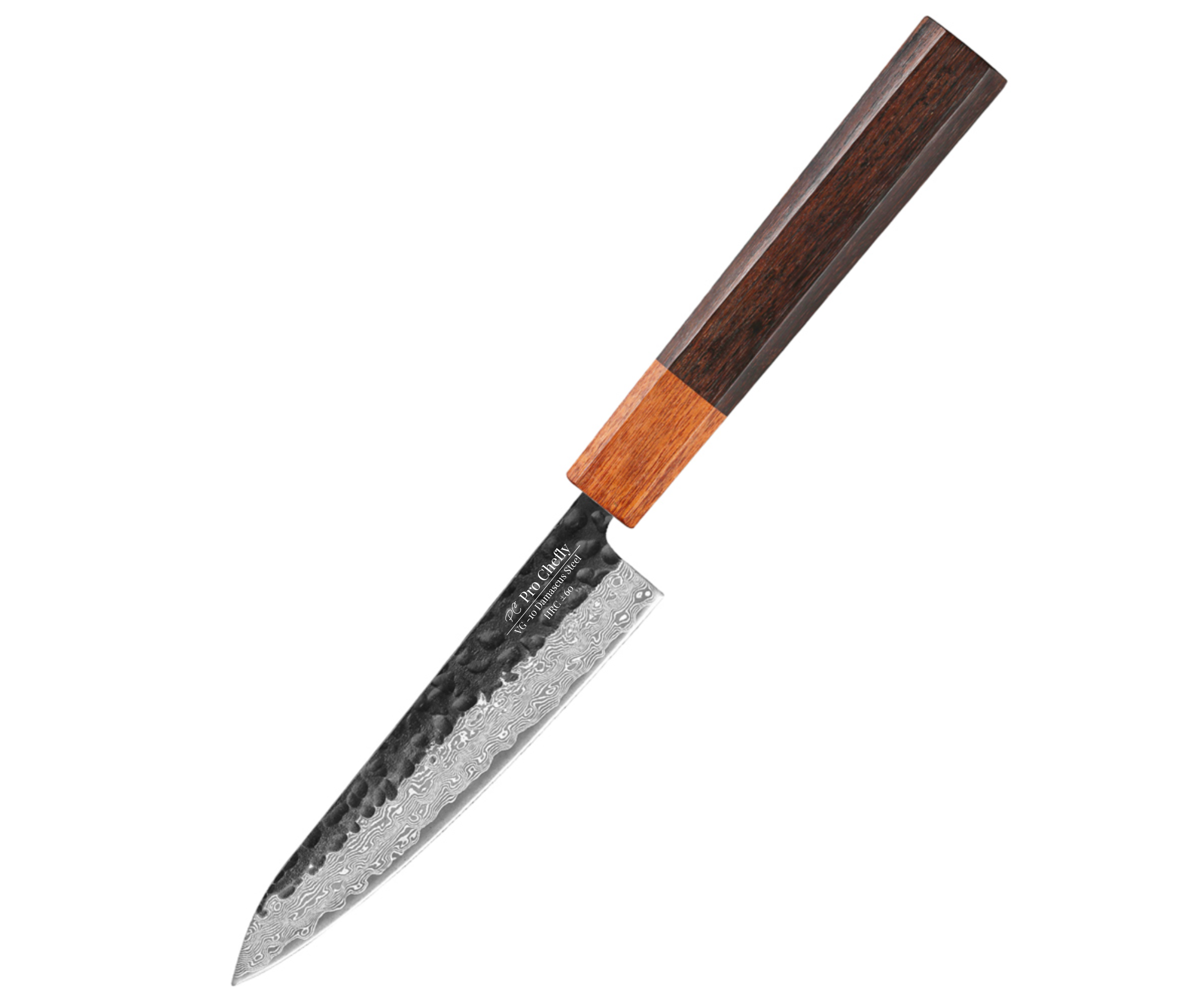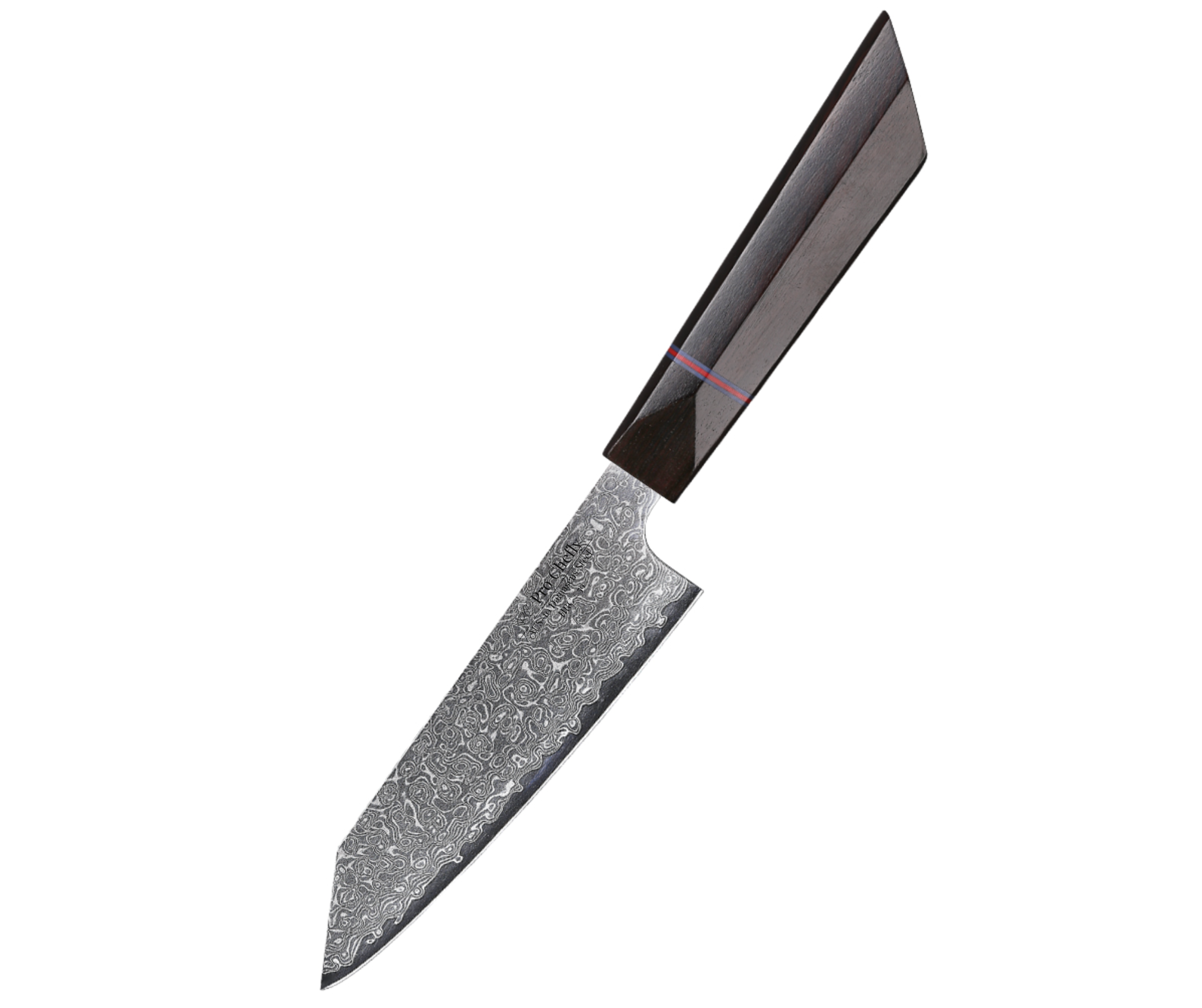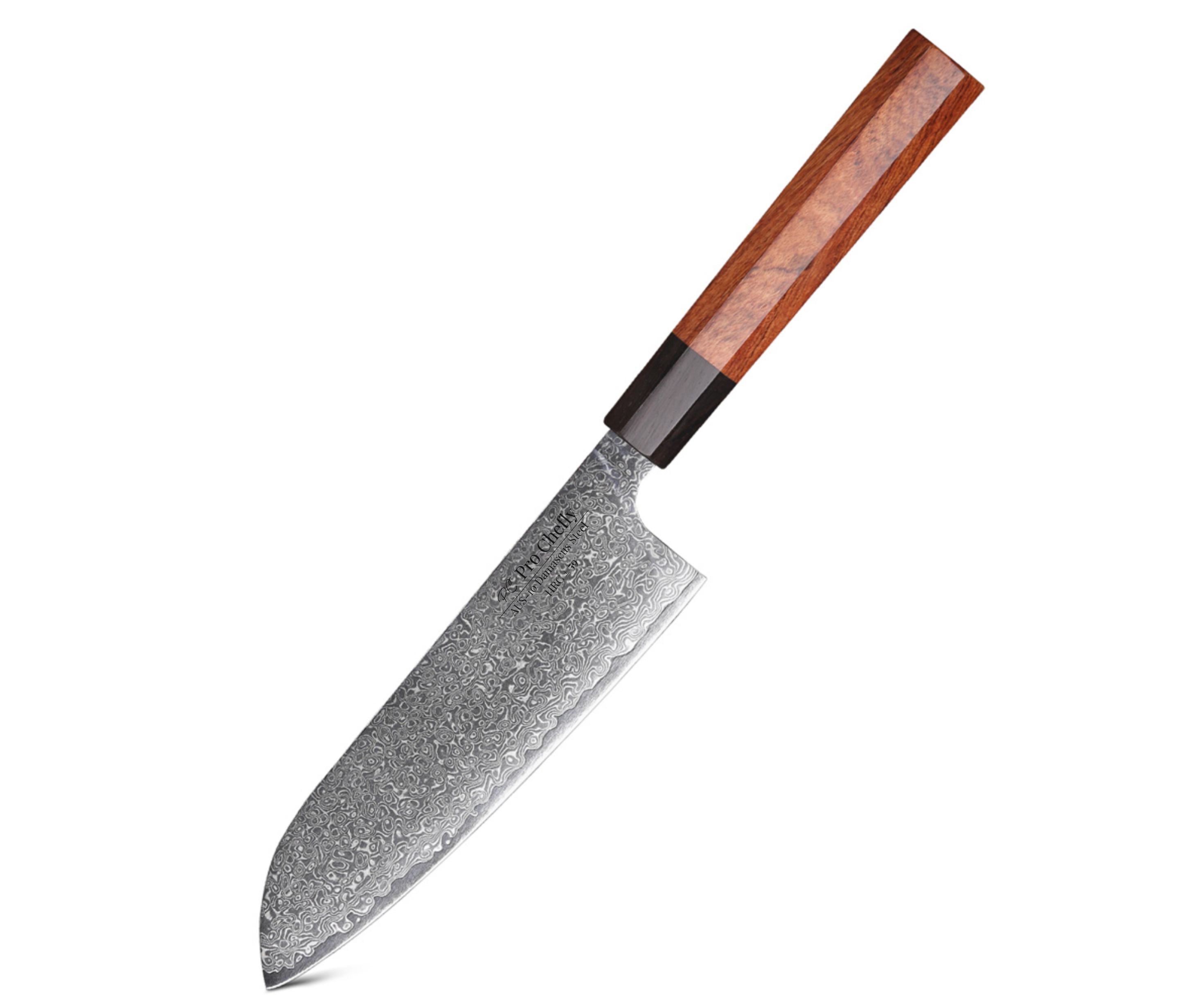Chef’s Overview
Dear Chefs, the scent of fresh pumpkin loaves and crusty sourdough fills the kitchen this time of year—but choosing the right knife can mean the difference between perfect slices and a crumbly mess. Today, we’re cutting into the truth about two unsung heroes of the kitchen: the Bread Knife and the Serrated Utility Knife. Each has its own place in fall baking, but knowing when to reach for which can elevate your entire spread.

Understanding the Serrated Difference
Both bread and serrated utility knives feature saw-like teeth designed to slice through crusts, skins, and soft interiors without crushing. But the distinction lies in blade length, tooth pattern, and flexibility. As I mentioned in Why a Bread Knife Is Essential for Autumn Bakes, longer blades like the 8" VG-10 Damascus Bread Knife glide effortlessly through tall loaves and cakes, while utility knives shine on smaller, more delicate tasks.
Bread Knife: The Slice Master
A proper bread knife, like the 9" AUS-10 Damascus Bread Knife, features deep serrations that bite cleanly through hard crusts without dragging. It’s ideal for artisan breads, baguettes, or even layered cakes that require precise slicing. The longer reach means you can use gentle sawing motions for smooth cuts instead of pressing down and crushing your bake.
Serrated Utility Knife: The Smaller Specialist
Think of the serrated utility knife as the bread knife’s nimble sibling. While shorter (typically 5–6 inches), it excels at detail work—slicing bagels, tomatoes, soft fruits, and pastries. When precision and control are more important than reach, the utility blade wins.
The Role of Steel and Edge Quality
The secret to smooth slicing lies in quality steel. The Damascus construction in Pro Chefly’s line—like the 8" VG-10 Damascus Bread Knife and 9" AUS-10 Damascus Bread Knife—creates durable, razor-sharp serrations that resist dulling over time. As explained in How is Damascus Steel Forged and Why is it So Valuable, these layers enhance both edge retention and the effortless glide that defines premium blades.
Practical Fall Uses for Each Knife
Autumn is prime time for baking and hosting, and both blades can play starring roles depending on your menu.
When to Use a Bread Knife
-
Slicing pumpkin or banana bread
-
Trimming cake layers for even stacking
-
Cutting crusty sourdough and baguettes
-
Carving through pastries with delicate interiors
When to Use a Serrated Utility Knife
-
Cutting flaky croissants or rolls
-
Slicing ripe tomatoes for fall sandwiches
-
Halving bagels or focaccia
-
Prepping apples or pears for desserts
The Perfect Pairing for Fall Kitchens
The truth is, you don’t have to choose—these knives complement each other. Keep your 8" VG-10 Damascus Bread Knife for those large, dramatic loaves, and your serrated utility blade for smaller bakes and garnishes. Pair them with the 5" VG-10 Damascus Petty Knife for ultimate control on finishing touches or detail slicing.
For more guidance on mastering your fall prep, revisit How to Use a Bread Knife Without Crushing Your Pumpkin Bread and Santoku Knives vs Nakiri Knives – Choosing the Right Tool for Root Vegetables to complete your seasonal toolkit.
The Final Cut – Baking Without Limits
Dear Chefs, when it comes to seasonal bakes, precision equals presentation. The right serrated blade keeps your loaves lofty, your pastries perfect, and your kitchen stress-free. Whether you’re carving bread for a family dinner or plating desserts for guests, remember—every perfect slice starts with the right edge.
Knife Collections
Shop the latest in Pro Chefly Damascus Knives
Chef's Notes
Stay up to date with the latest kitchen stories and recipes
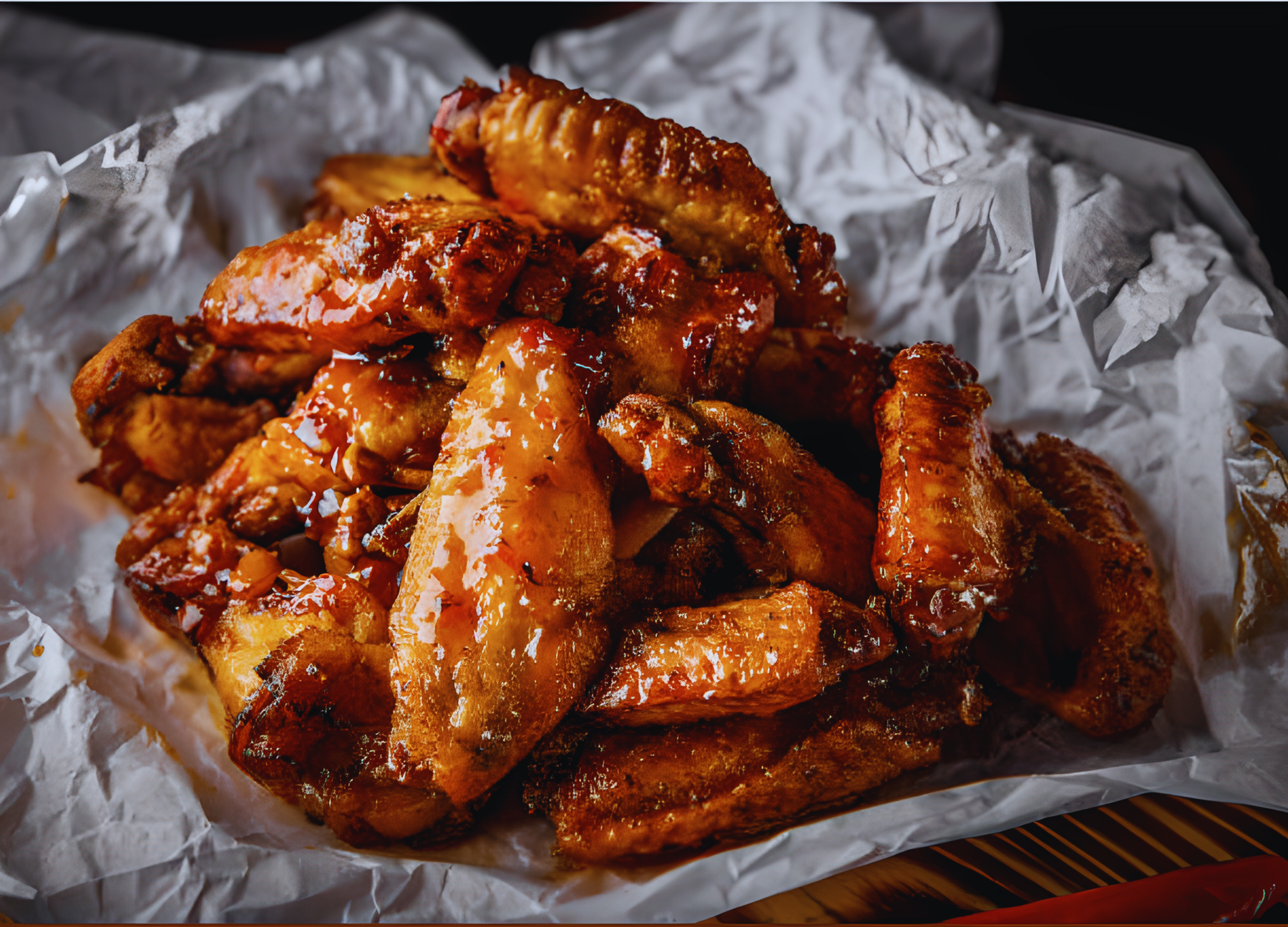
- September 16, 2025
Dear Chefs, there are few things as sacred as game day rituals: the jersey, the TV remote, and, of course,...
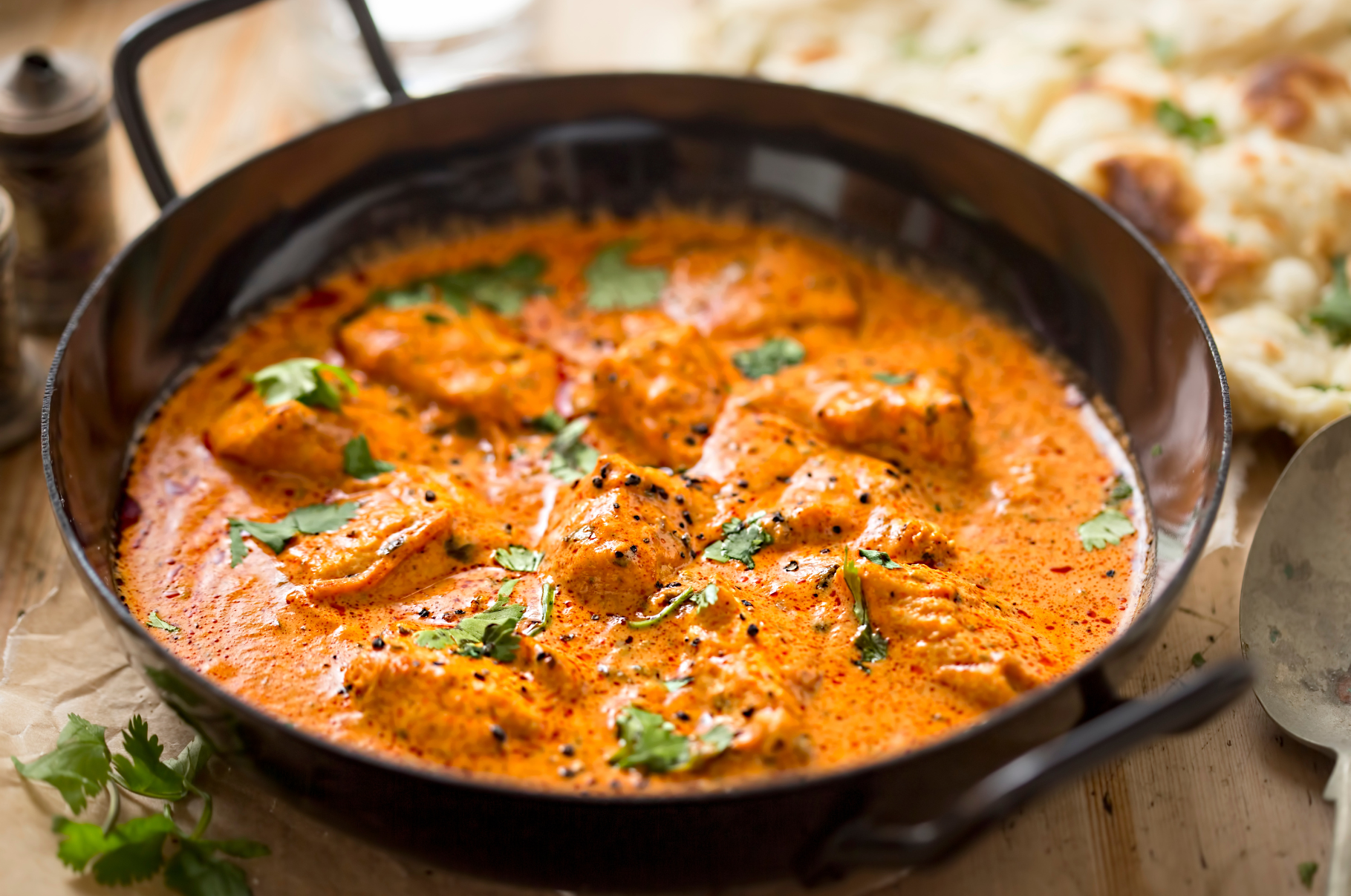
- September 11, 2025
Dear Chefs, some dishes don’t just feed the stomach—they hug the soul. Butter chicken is one of those dishes, rich...
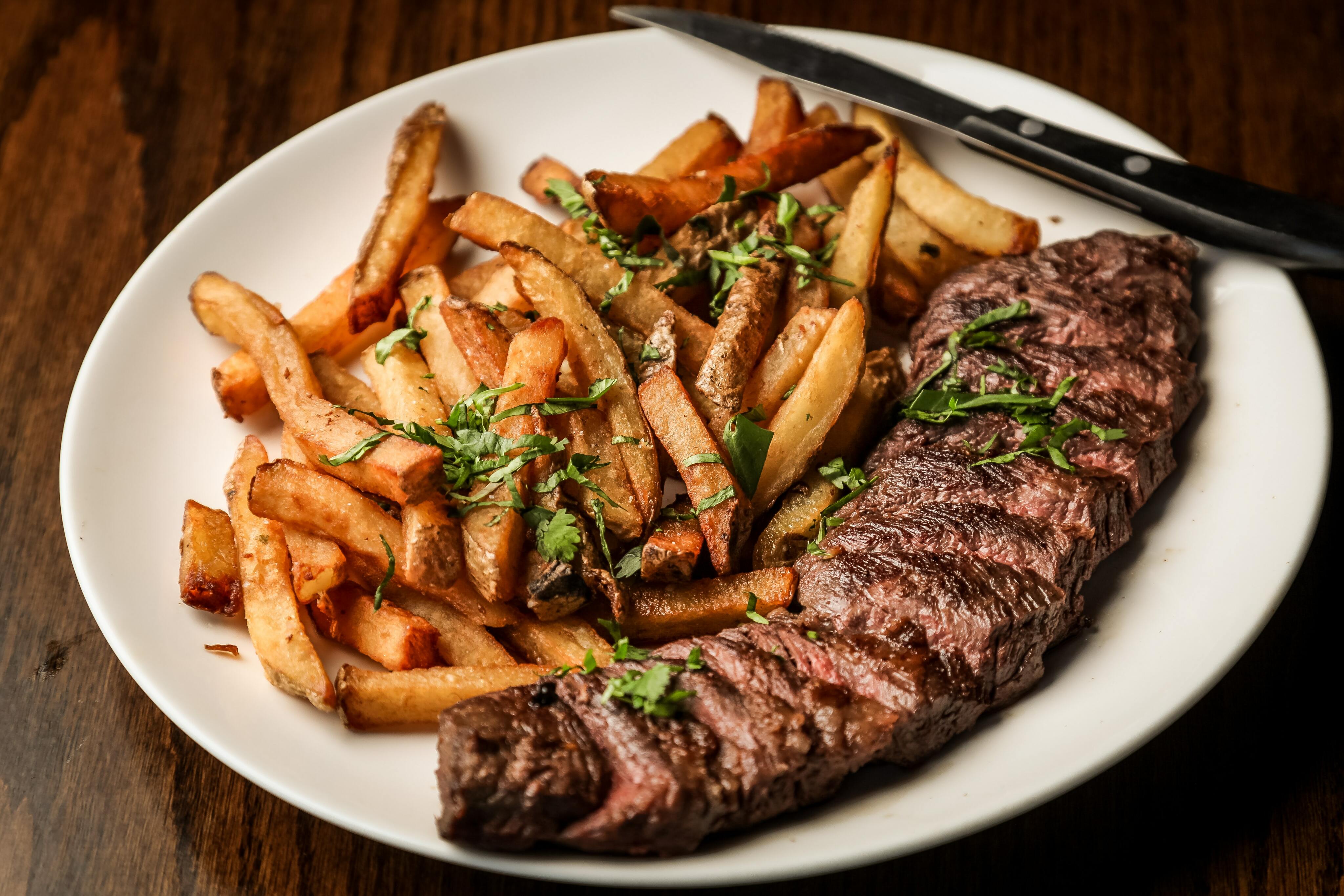
- August 31, 2025
Dear Chefs, steak frites proves simple can be spectacular. We’ll pan-fry a well-seasoned steak (salt, garlic powder, fine black pepper...
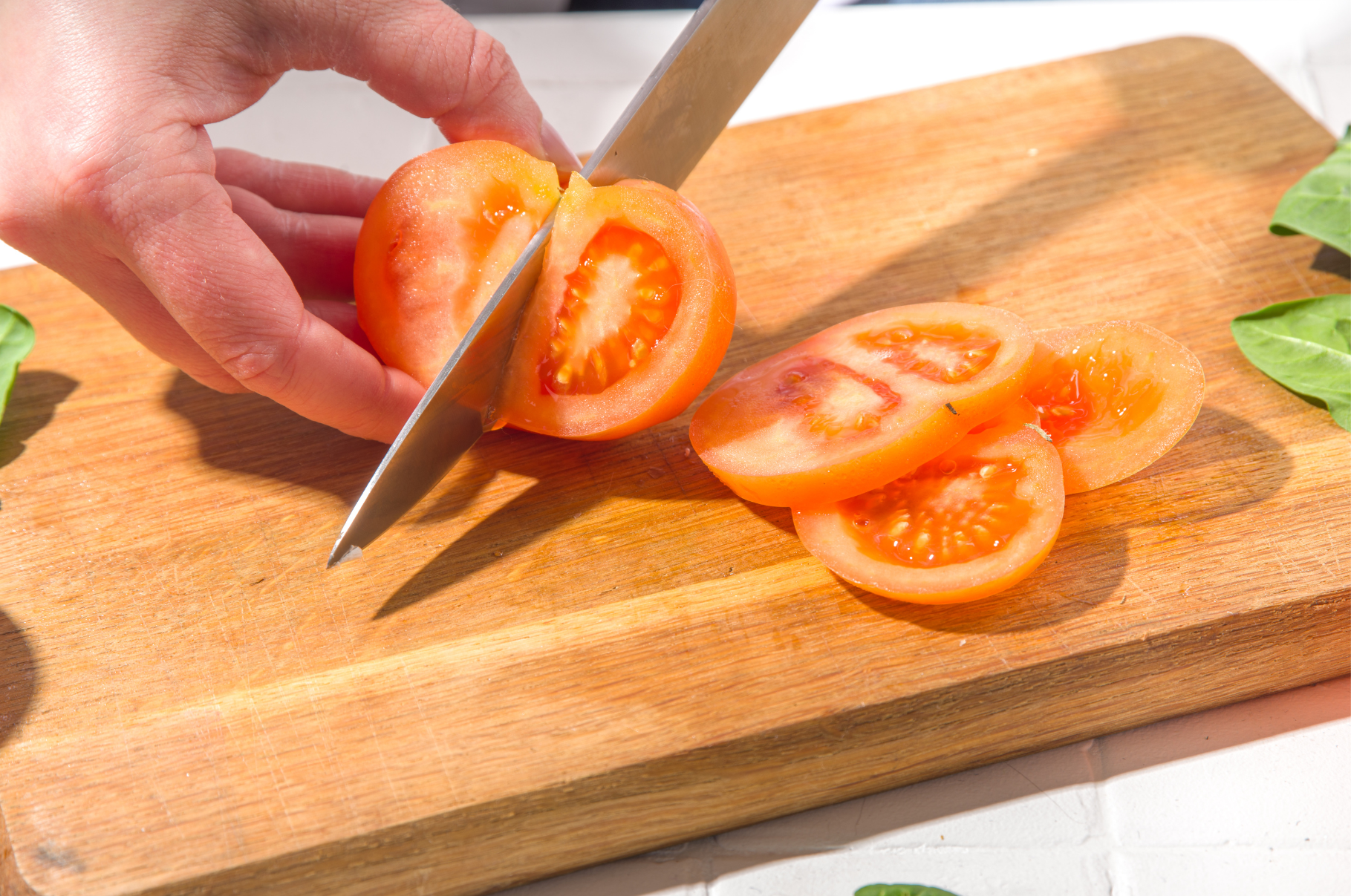
- August 28, 2025
Dear Chefs, every brand has a beginning, and Pro Chefly’s start wasn’t in a boardroom—it was in the kitchen. In...
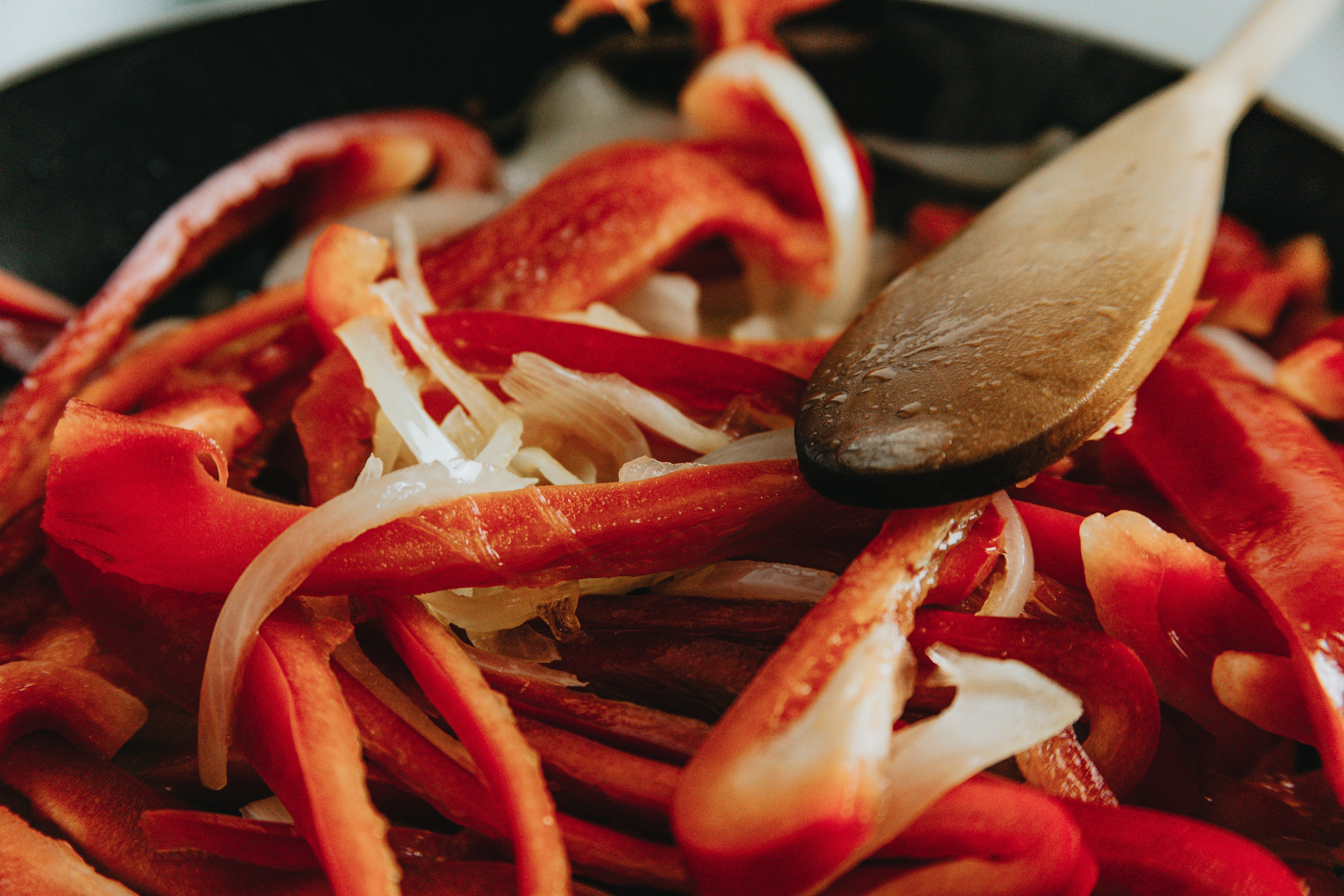
- August 27, 2025
Dear Chefs, every brand needs a philosophy, and ours comes down to three simple ideas: sharpness, honesty, and craftsmanship. These...
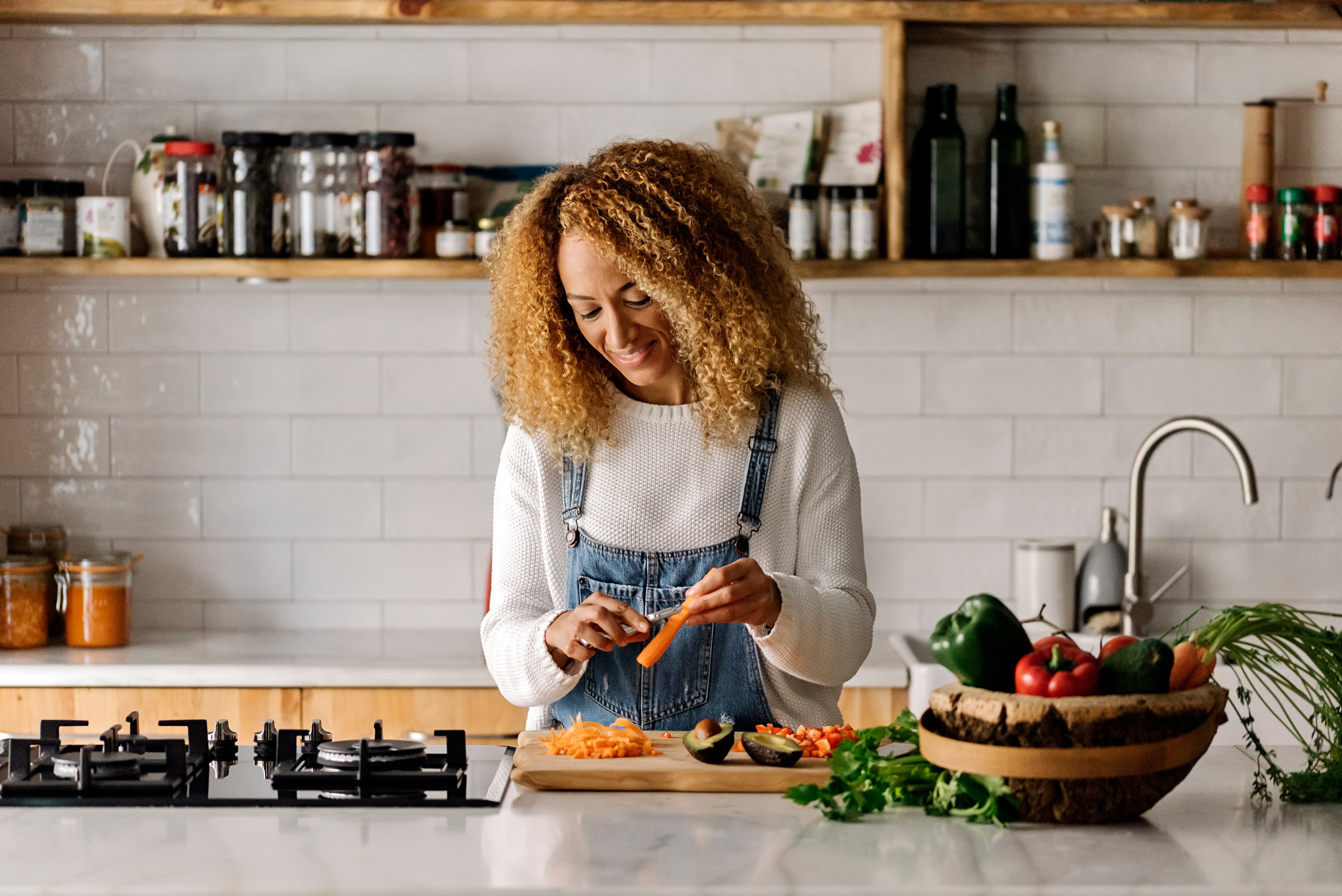
- August 26, 2025
Dear Chefs, we all know knives cut food—but what if I told you they do much more than that? Knives...
- Choosing a selection results in a full page refresh.
- Opens in a new window.
